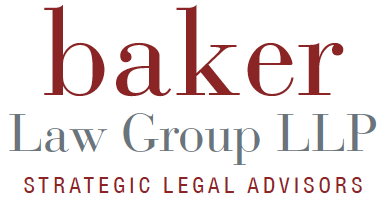How Long do You Have to File a Disability Discrimination Lawsuit?
 If you are currently deciding whether or not to file a disability discrimination lawsuit against your current or former employer, know that there are time limitations you should be aware of regarding your legal complaint.
If you are currently deciding whether or not to file a disability discrimination lawsuit against your current or former employer, know that there are time limitations you should be aware of regarding your legal complaint.
An employee must first receive a right to sue letter from the Department of Fair Employment and Housing (DFEH) prior to filing a disability discrimination lawsuit. An employee generally has 1 year from the time of the violation to file this charge. This 1-year period is known as the first statute of limitations. After receiving the “right to sue” letter, an employee has another 1-year period within which he or she can sue the employer. This is known as the second statute of limitations.
As with any law, there are exceptions, and they can get rather complicated. There are two major exceptions to these rules: the continuing violations doctrine and equitable tolling.
Continuing Violations Doctrine
The Continuing Violations Doctrine essentially depends on whether the incident was “discrete” or “ongoing.” The doctrine allows employees to bring a charge to DFEH more than 1 year after discrimination occurred if the charge involves continuing discrimination and is brought within 1 year after the discriminatory behavior stopped. For most one-time instances of discrimination, such as firing or failing to hire or promote, the continuing violations doctrine will not apply. The doctrine will only apply to cases where discrimination is ongoing to a specific individual, even if most of the discrimination occurred more than 1 year before filing a charge. In practice, this usually means that the 1 year period does not actually start running until the employee quits, is terminated, or the employee responsible for the discrimination is terminated or leaves.
Equitable Tolling Doctrine
The Equitable Tolling Doctrine is a principal created by judges that seeks to impose fairness on statutes of limitations. It can potentially apply in many situations; however in practice it is usually effective in two specific situations. The first is when an employee files a charge with the federal equivalent of DFEH, the Equal Employment Opportunity Commission (EEOC). If DFEH gives the employee a right to sue letter, but the employee also files a charge with the EEOC, the 1 year period does not run for the duration of the EEOC’s investigation.
The second situation is when the employee is following internal grievance procedures. For example, if an employee suffers disability discrimination, they may bring a formal grievance charge, which will prevent the 1 year period from running during the pending grievance. However, there are limitations. The grievance system must have a hearing where the employee is able to present their claim and evidence of the discrimination.
Contact a Discrimination Disability Lawyer
To learn more about your rights under disability discrimination law, call California employment attorney of Michelle Baker today. Give us a call at (858) 452-0093 or use our online submission form to schedule a Free Consultation.
